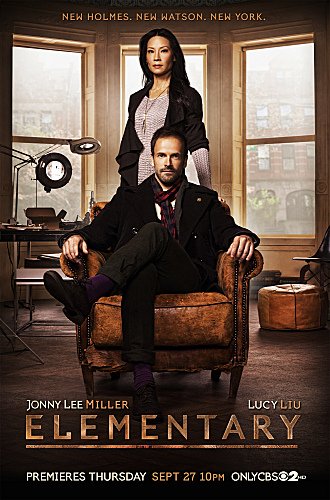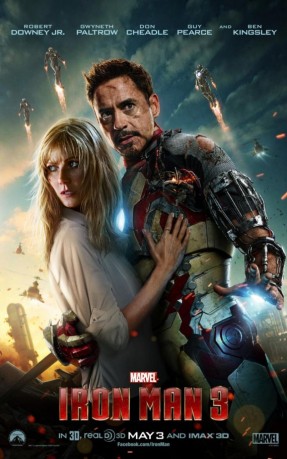In week eight we were given insight into what is considered newsworthy by the old media and new media.
At the beginning of the lecture we were asked what form of media we mainly get our news from. Some raised their hands to say they read the newspaper and watch the television to keep updated in what’s happening nationally globally (Old media) – but the majority of the people within the lecture raised their hands to say they found their news through the internet for example social media links that lead to breaking news nationally and internationally. What was interesting with that survey in lecture was to find out that new media (finding news through social media, blogs, online newspapers, etc) is considered to be a more desirable way to watch and read about national and international news.
In the reading, ‘News Values: An Assessment of News Priorities Through a comparative Analysis of Arab Spring Anniversary Coverage’ Peter Lee-Wright explained that only particular news stories, that are international will make it into old media, newspapers and television news if it is a story that would ultimately effect readers, which in turn would therefore make them newsworthy. An example Lee-Wright mentioned was news about the US withdrawing from Iraq and the Philippine floods that was considered more news worthy to domestic television and newspapers than what was happening in Syria and in Egypt in 2011, saying:
“You would not have known it from the following day’s print Guardian, which did not run the piece, nor from other UK newspapers, none which marked the anniversary on any of their front page leads or subsidiary leads. Domestic TV News, BBC and ITN, did not feel the Anniversary newsworthy with the US withdrawal from Iraq and the Philippine floods taking precedence.” (Lee-Wright, P 2012, pp2-3)
In favour of new media Lee-Wright also revealed that Harlow and Johnson from the International Journal of Communication, 2011 special edition, proved that online news through citizen journalism blogs and Twitter feeds were more in-depth with their news on the Egyptian protests compared to the marginalised structure of a newspaper.
“They found that the new media were much more attuned to the character and complexity of the evolving protests, whereas the New York Times, representing old media, was reliant on a tired and inadequate ‘protest paradigm’.” (Lee-Wright, P 2012, p3)
So overall, what would you consider newsworthy, and do you believe that domestic television and newspapers should widen their spectrum in what they believe is newsworthy?
Reference:
Lee-Wright, P 2012, ‘News Values: An Assessment of News Priorities Through a Comparative Analysis of Arab Spring Anniversary Coverage’, JOMEC Journal, Goldsmith College, University of London.





